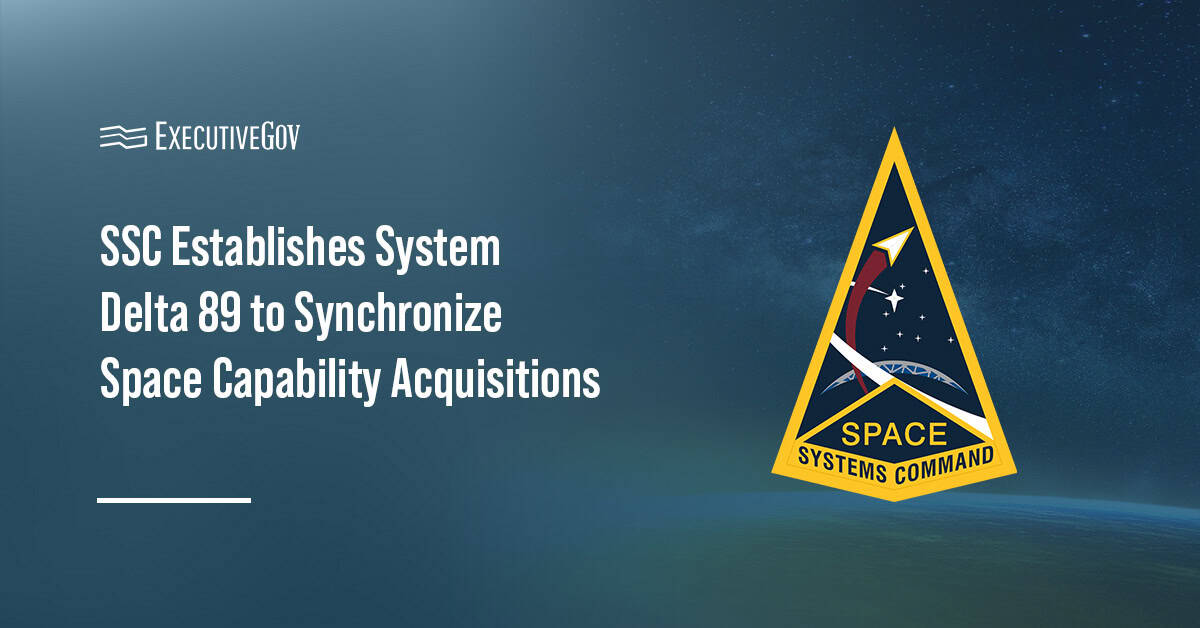Riverside Research has secured a $49.4 million follow-on contract from the U.S. Air Force to continue research and development work aimed at securing microelectronics and embedded architectures in military weapon systems.
The cost-plus-fixed-fee contract, which was announced Friday by the Department of Defense, covers R&D services under the second iteration of the Microelectronics and Embedded System Assurance effort.
The nonprofit company has supported the MESA program since 2015 through its position on a $48 million multiple-award, indefinite-delivery/indefinite-quantity contract.
For the follow-on award, the Air Force Research Laboratory is obligating nearly $651,000 in fiscal year 2022 R&D funds.
Work will take place at Riverside Research’s facility in Arlington, Virginia, and at Wright-Patterson AF Base in Ohio. The Pentagon expects contract work to conclude by Jan. 14, 2028.





